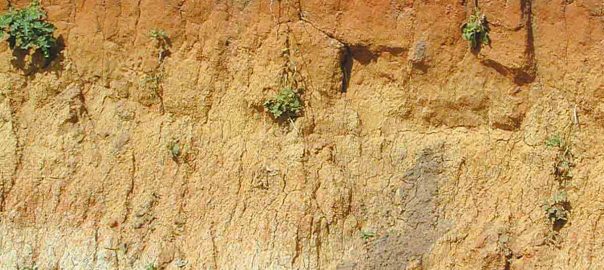Soil Health Practices and Water Behavior and Efforts to Quantify Soil Function
Soil health is defined in terms of soil function, and some of the most important functions are related to water-holding and water infiltration. Farmers and policy-makers both care about these properties, but they can be elusive to measure. In this edition of the Soil Health Digital Café, Dr. Anna Cates, University of Minnesota Soil Health Specialist, discusses on-farm efforts to quantify changes in soil function with soil health practice adoption, including soil organic matter pools, soil aggregates, and water infiltration. This presentation was originally broadcast on Wednesday, September 21, 2022.
Read More...

